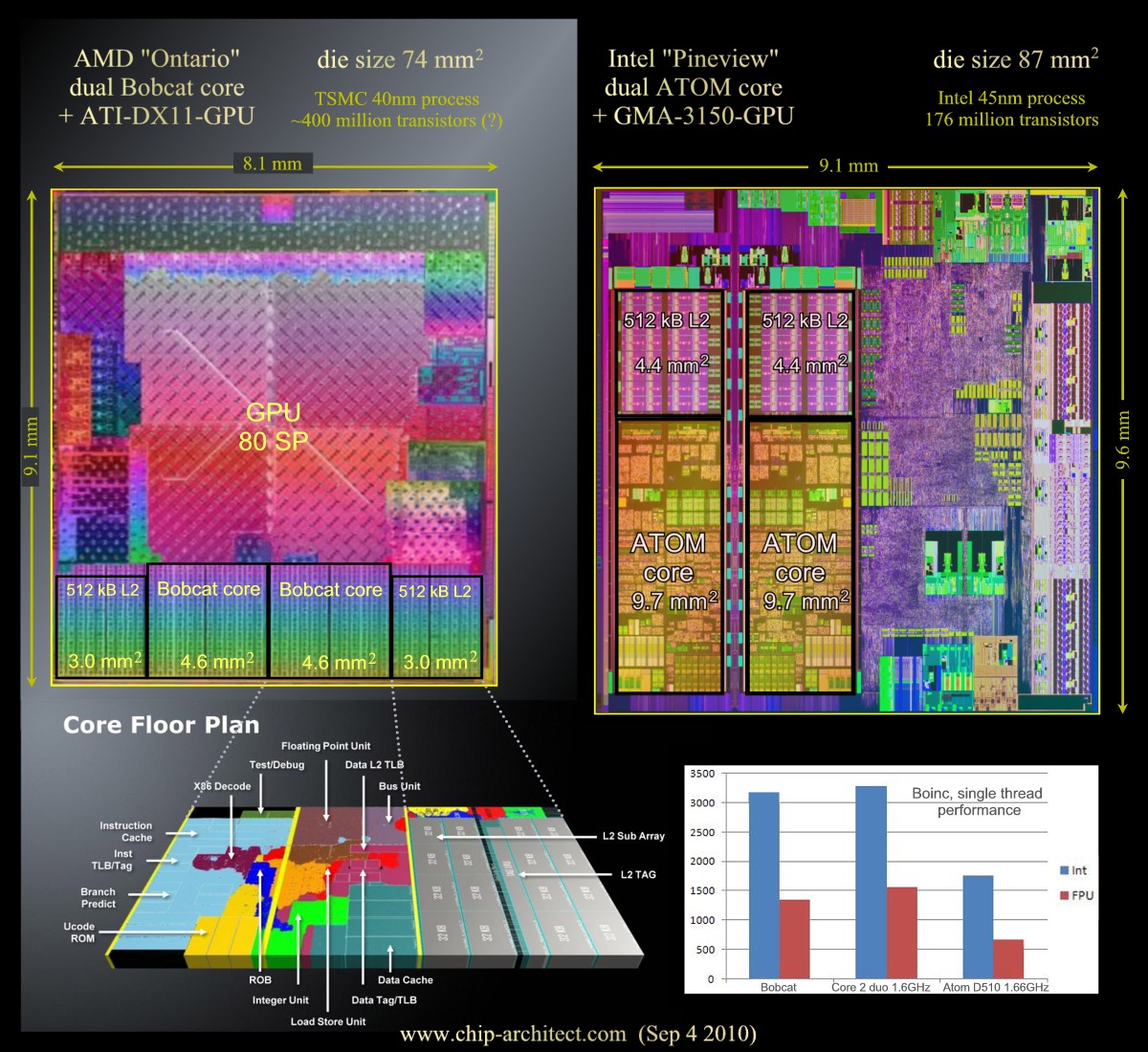subjective to say the least
As david said, it isnt subjective at all, its a fact. Heres a link to an article from his website, see for yourself http://www.realworldtech.com/page.cfm?ArticleID=RWT072109003617&p=11
The density part, maybe?
What does density have to do with power/performance? The discussion was on TDP of Atom vs Bobcat



